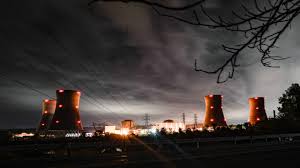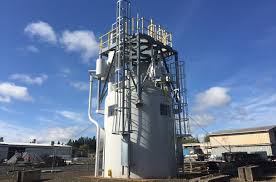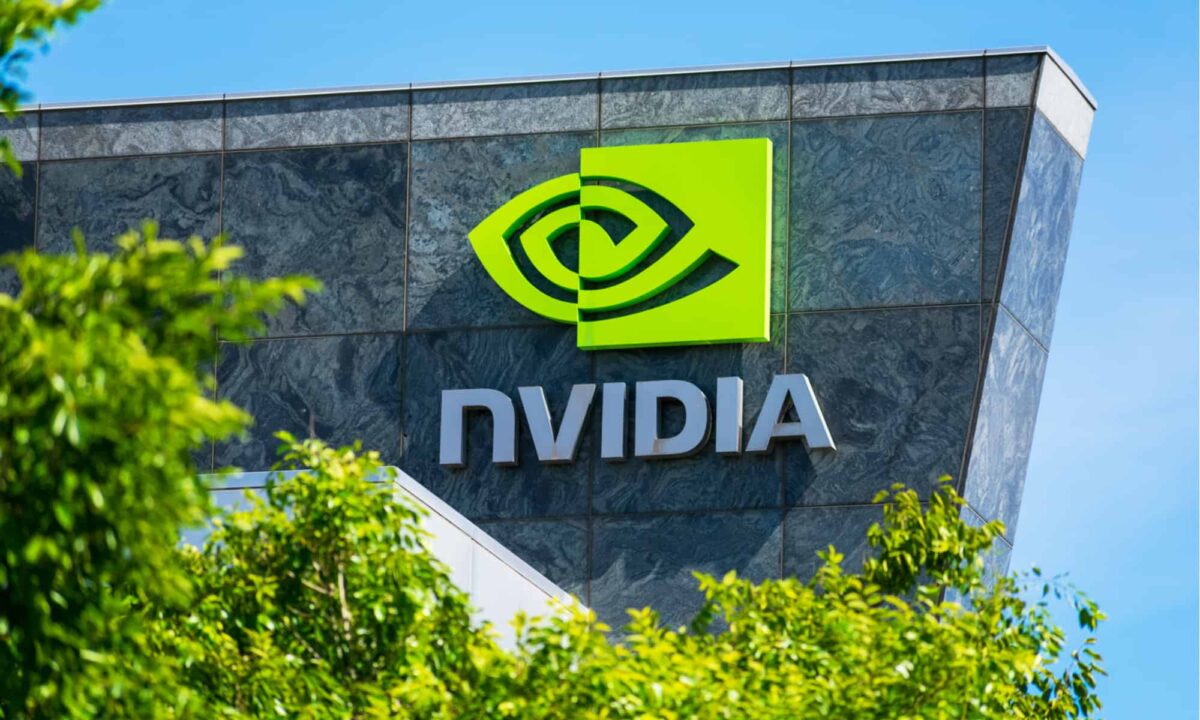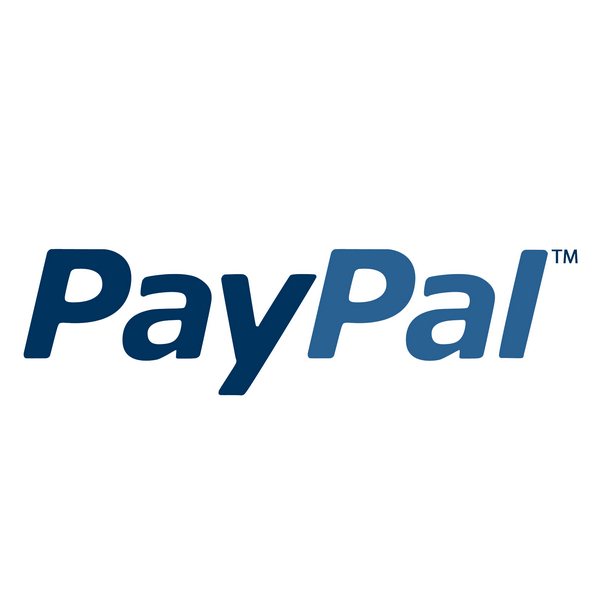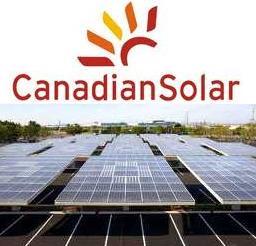Constellation Energy (CEG) has surged over 130% in the past year to $280 – I would wait for a pullback.
Constellation Energy (CEG) and NextEra Energy (EEE) are the largest carbon-free / nuclear energy companies in the US today. It’s important to note here that a nuclear power generator can operate cheaper than other energy sources but only if it’s already in commission.
New nuclear plants will take a huge amount of government help, subsidies, permissions, and cost overruns. Future profitability and cash generation will take a long time, so existing players like Constellation and Next Era who have a large nuclear/carbon-free energy share of total power generation have definite competitive advantages.
Microsoft’s deal with Constellation should be accretive to earnings from 2028. (Assuming that the govt okays the deal and it gets on track).
However, analyst haven’t added this to their forecasts, so there is a great deal of skepticism there. Constellation, by itself, is not a very efficient company, with operating margins at 8-12%, much lower than Next Era’s.
AI needs power: With the renewed focus on nuclear energy power generation, investors likely expect the AI-driven surge to carry on as AI infrastructure investments enter the next scaling stage. OpenAI’s ability to raise more funds at a much higher valuation than the previous year has strengthened the AI growth thesis. Nvidia’s (NVDA) commentary suggests its new Blackwell chips are already sold out over the next twelve months has renewed the market’s interest in the AI theme, potentially benefiting nuclear power generators like CEG.
Money talks: Huge data center operators and hyperscalers have demonstrated their willingness to pay a substantial premium to secure their power requirements. Unless the AI monetization opportunities fail to pan out convincingly over the next few years, it seems reasonable to expect CEG’s much more robust profitability outlook to play out in the medium term.
Regulations remain tight: Possible market structure changes and regulatory hurdles could affect a more robust outlook moving ahead. Despite that, the government seems keen to restart nuclear plants, corroborating the fervor in CEG and its leading nuclear peers.
In addition, Constellation’s ability to obtain a federal loan guarantee (cleared initial review stage) to help finance the restart of the Three Mile Island nuclear plant is expected to provide more confidence to investors. However, investors could consider buying CEG at a dip, and not chase the stock, with so many uncertainties.




